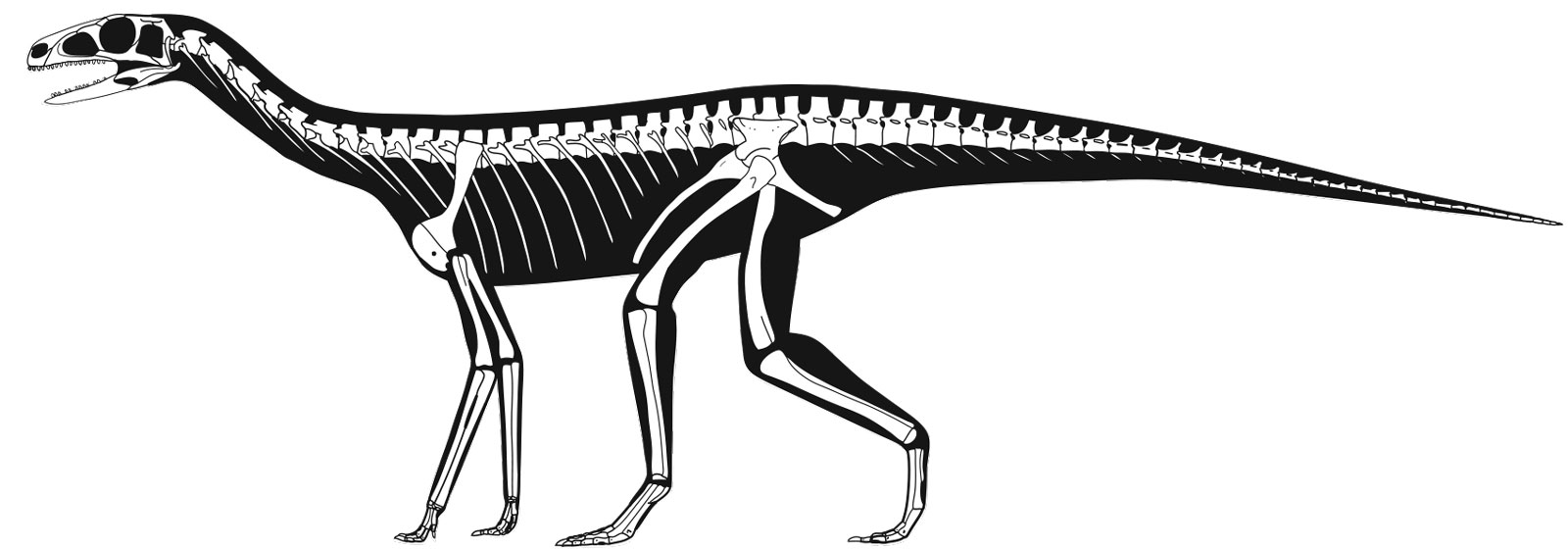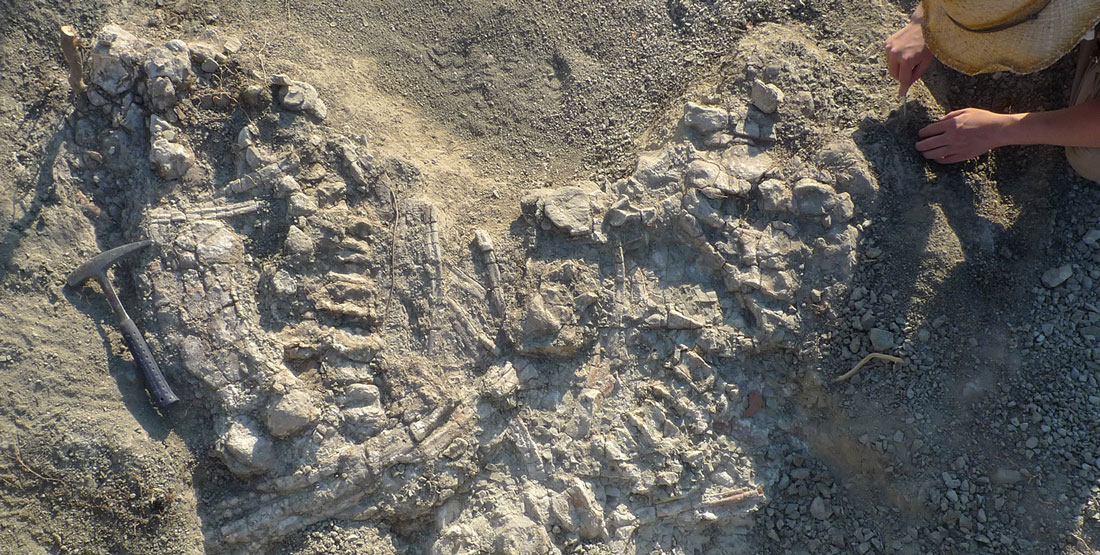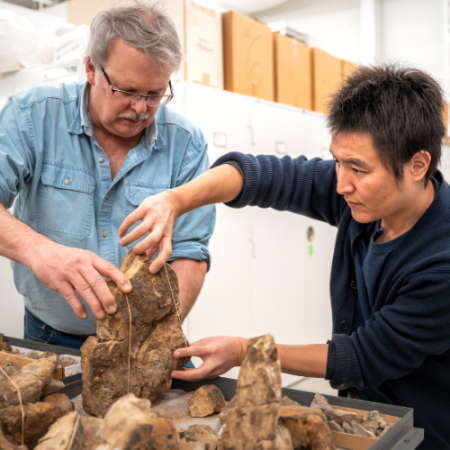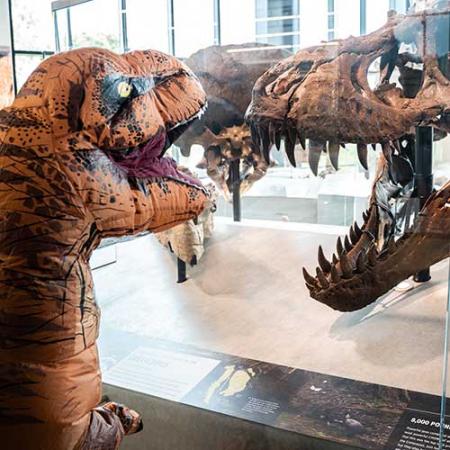The largest mass extinction took place at the end of the Permian period (252 million years ago). Wiping out an estimated nine of every ten species, this event drastically changed the course of life on Earth. Fortunately, its survivors included early relatives of dinosaurs and mammals, as well as the ancestors of turtles, lizards and amphibians. Despite the global impact of this extinction, most fossils from this critical time have only been collected in Russia and South Africa—representing only a few pieces of this important prehistoric puzzle.
Dr. Christian Sidor, Burke Museum curator of vertebrate paleontology, leads teams to Tanzania, Zambia and Antarctica to fill geographic gaps in the fossil record. At the time of the end-Permian mass extinction, these three areas were connected as part of the supercontinent Pangea. By comparing the fossils discovered from his fieldwork to specimens already in museum collections, Sidor and colleagues created two “snapshots” of four-legged animals about five million years before and about 10 million years after the extinction event.
Christian’s team discovered fossils from 10 million years after the mass extinction that reveal a lineage of animals that led to dinosaurs in the mid-Triassic period (237 to 247 million years ago), many millions of years before dinosaurs have been found in the fossil record elsewhere on Earth. Archosaurs, a group of reptiles that includes crocodiles, dinosaurs and birds, were in Tanzanian and Zambian basins, but not distributed across all of southern Pangea as had been the pattern for four-legged animals prior to the extinction. Archosaurs led to animals like Asilisaurus kongwe, a dinosaur-like animal, and Nyasasaurus parringtoni, a dog-sized creature with a five-foot-long tail that could be the earliest dinosaur.
Most vertebrate fossils are known from a very limited number of places on Earth, so Christian’s goal of understanding the geographic complexity of extinction and recovery is a big one. The Zambian and Tanzanian fossil beds preserved both plants and animals, which is unusual, and provides information on paleoclimate before and after the extinction. In addition, members of his group are analyzing the stable isotopes of fossil soils as another estimate of ancient climate. Mass extinctions have unpredictable consequences, but looking at the past can shed light on how life on Earth responds to cataclysmic events.







